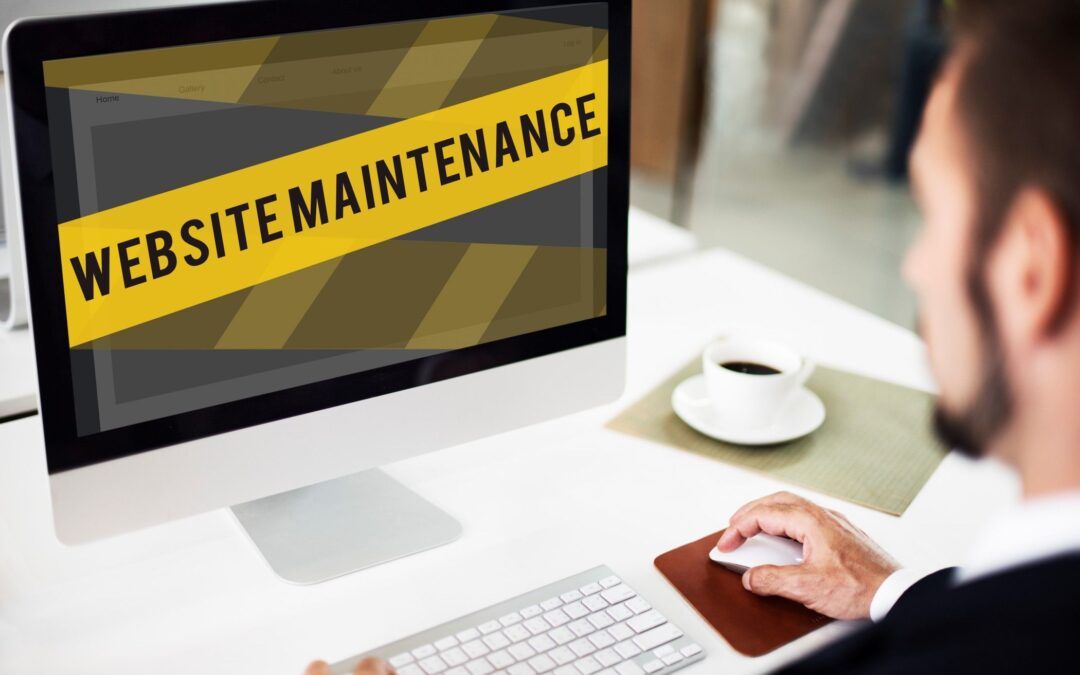Is your website creating troubles that you’re unsure how to solve? Your company’s website is one of the essential contact points between you and your clients. Your webpage can be an extension of your sales team, working around the clock to simultaneously reach thousands of potential clients.
Website performance and conversion optimization are critical. It assists you in discovering a chance to connect with potential subscribers, become the industry leader, and strengthen client relationships.
However, there are some frequent website issues and solutions that website owners need to have a look at.
1. Websites that have been abandoned
The most common issue is firms who build a website and never touch it again until it comes online. Approximately half of the small businesses we work with have their administration or concierge handle their website. This is usually because the firm that designed the website can no longer provide continuous support.
By engaging with a website maintenance service provider, you can make sure that most of the website information, plugins, theme, and other security aspects are up-to-date.
Meanwhile, you can have more time to develop new material for your website to keep your website ‘alive’ from the users and generate visibility on the search engine. Eventually, this can increase the number of leads and sales generated by your website, transforming an ordinarily static liability into a business asset.
2. Websites that are not regularly supported
According to a recent assessment of over 40,000 of the most popular WordPress websites worldwide, 73% of these websites are easily hackable. So when your webpage is attacked, the attacker may gain access and obliterate it.
“Would it impact your business if you’ve got a working website one day and then returned the next day to find nothing?”
“Will the time and money required to revamp your webpage harm your business?”
Don’t let this tremendous risk pass you by. First, you must guarantee that your entire site is supported so that if it ever starts going down, it can be recovered quickly. The regular backups should be proportional to how regularly your webpage contents are updated. You should frequently back up your website if you continually update fresh material or sell things.
3. Inadequate calls-to-action
Searchers may land at your website link or a specific blog post. Therefore, you must include compelling calls to action on all your sites. To increase the likelihood of conversions, each of your top pages should contain exciting content that leads to a suitable call to action.
A plan of action is the next stage in persuading your client to cooperate with you. Potential clients will be hesitant to take a big step with your company if the following step is unclear to them. Consider it a funnel, with leads captured at the top and gently pushed down the horn to make the sale at the bottom.
Here are some examples of widespread calls to action that you should double-check when doing website maintenance in order to ensure all the call-to-action buttons and other functions are workable and lead to the correct page.:
- First, call your company’s phone number.
- Fill out your contact information and send a message through your website’s contact form.
- Create an account to register to your news feed.
- Also, like and share the page with your social media followers.
4. Managing time-consuming website duties on your own
When a company decides to run its website, they frequently underestimate the required time. If you’re unsure whether delegating website management to a third party would be cost-efficient, take the following steps:
Download a time tracking program to track your time spent working in the background. Then, constantly review it.
Consider how much each hour of your time is worth to your company. Then, to calculate the opportunity cost, multiply this rate by the time spent working on your website.
If this expense exceeds the cost of outsourcing, you should strongly consider handing this activity to a professional team.

